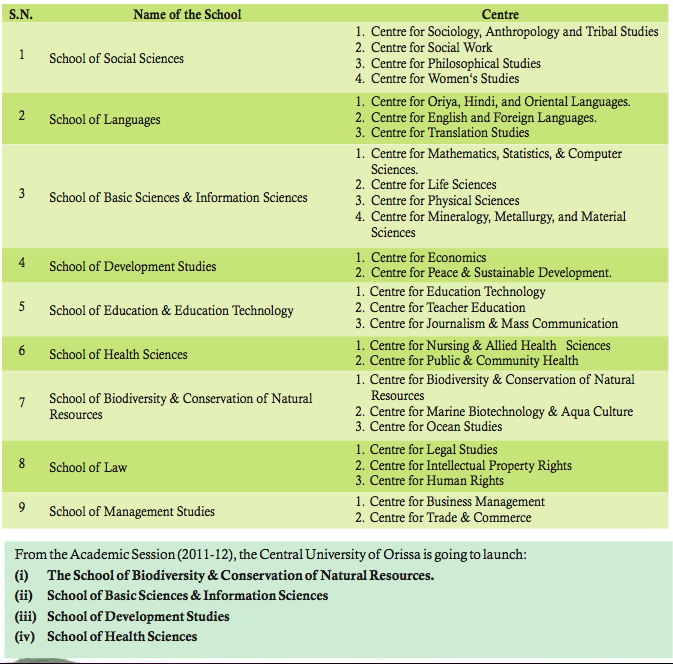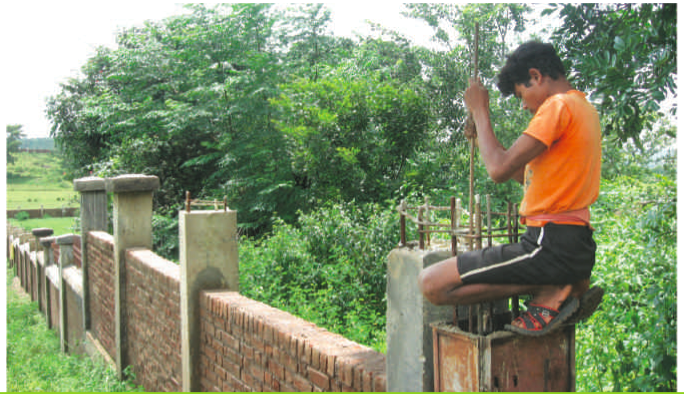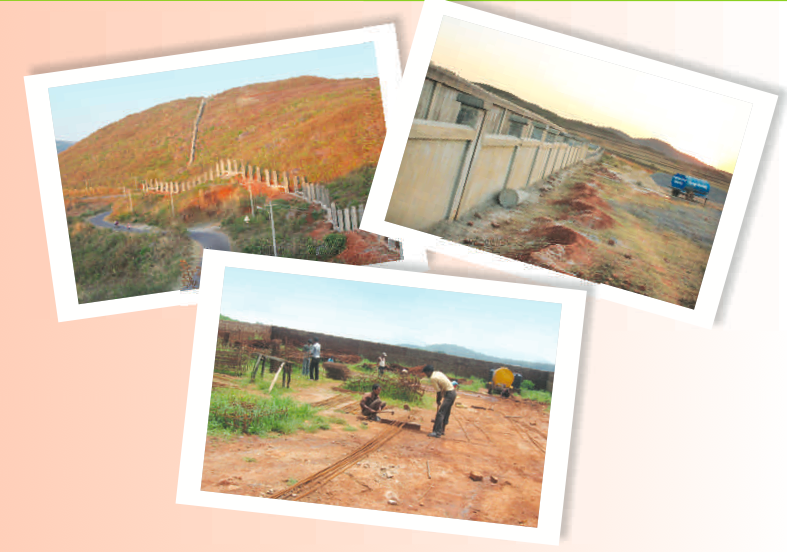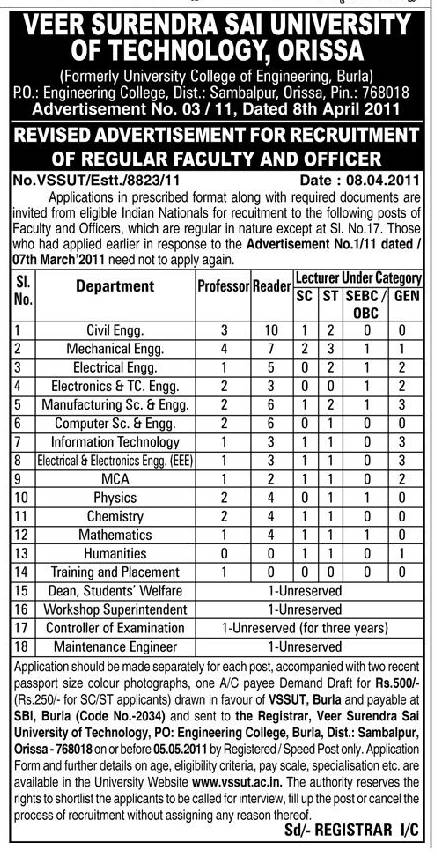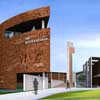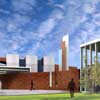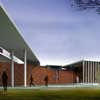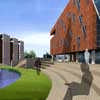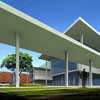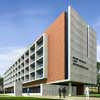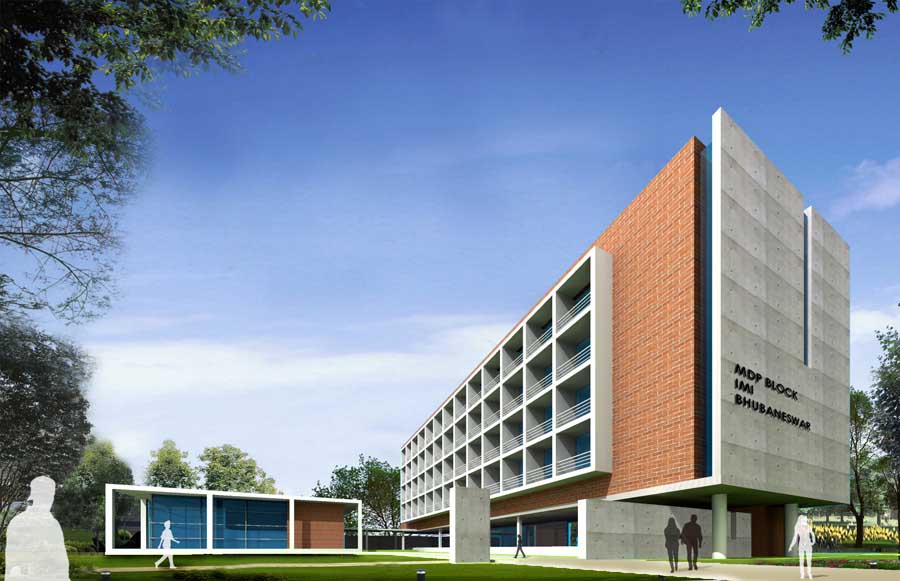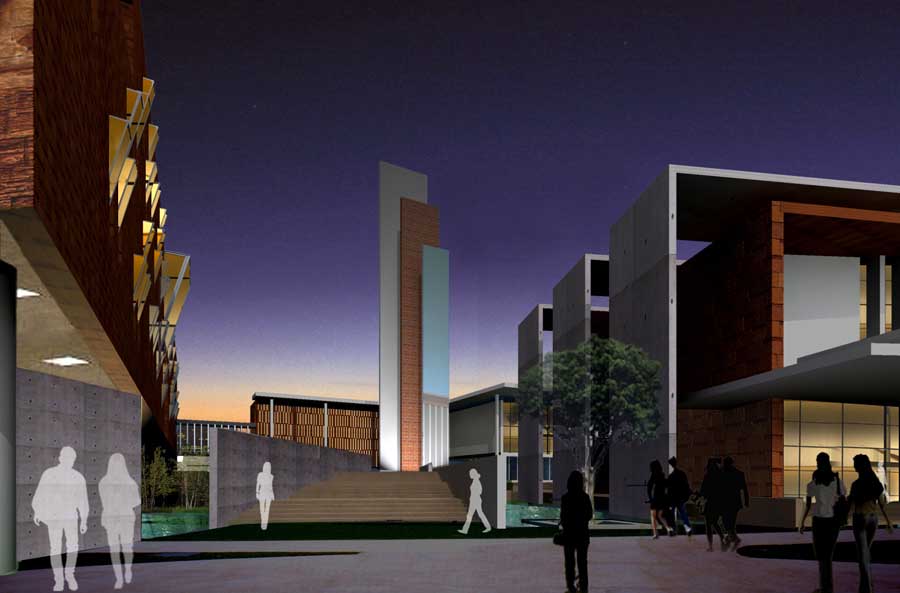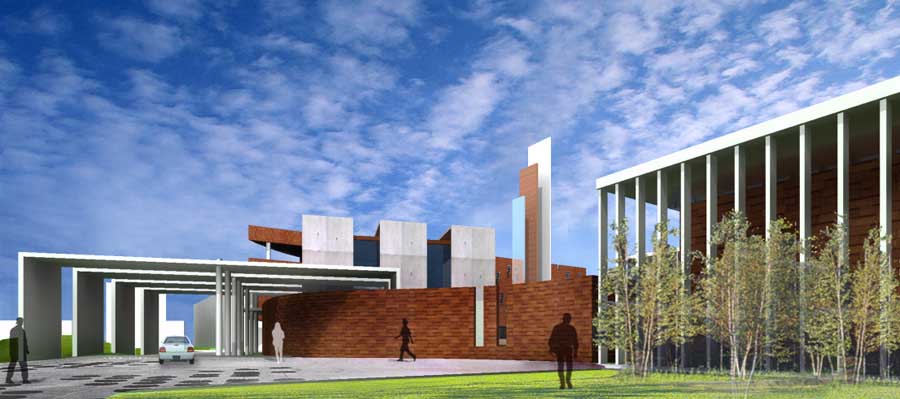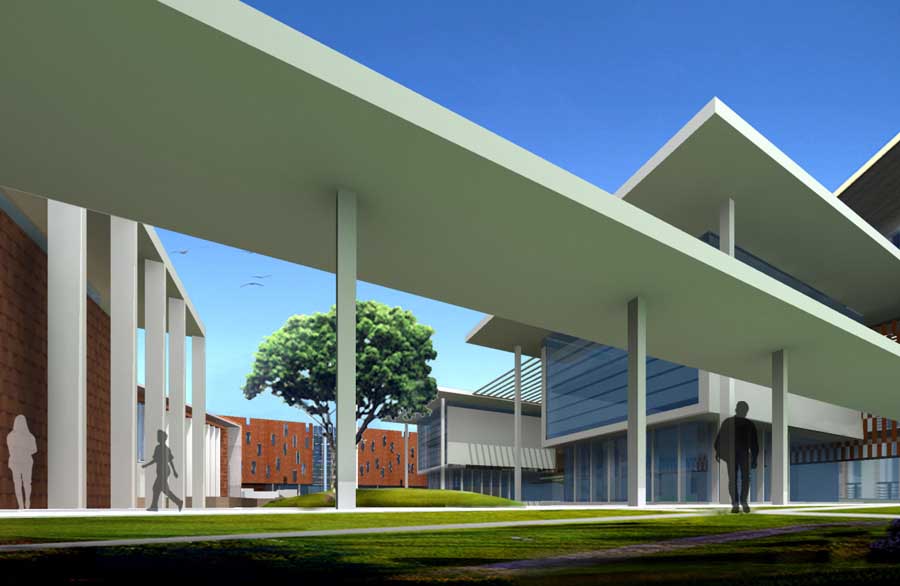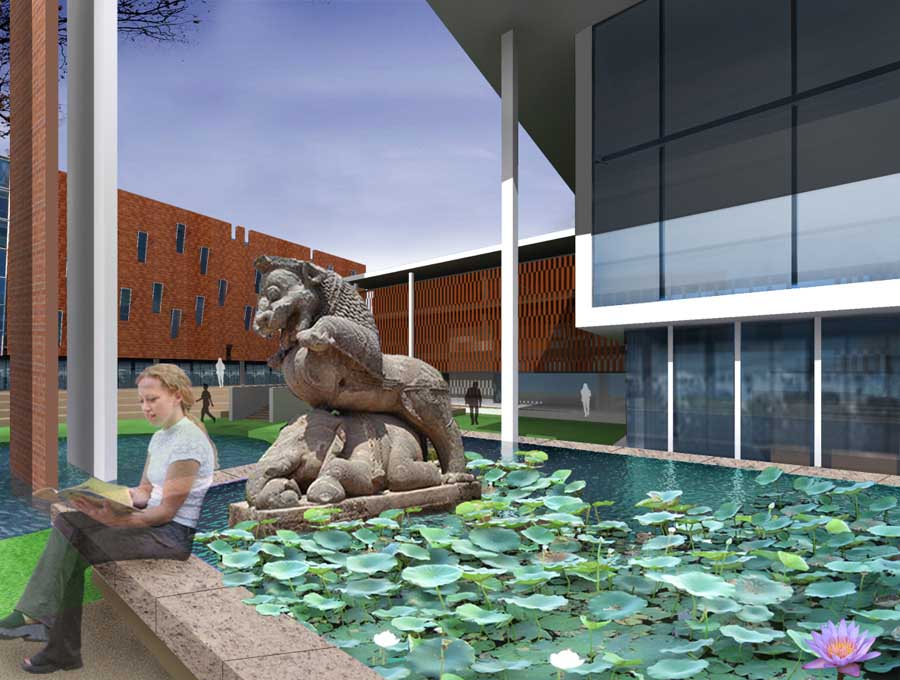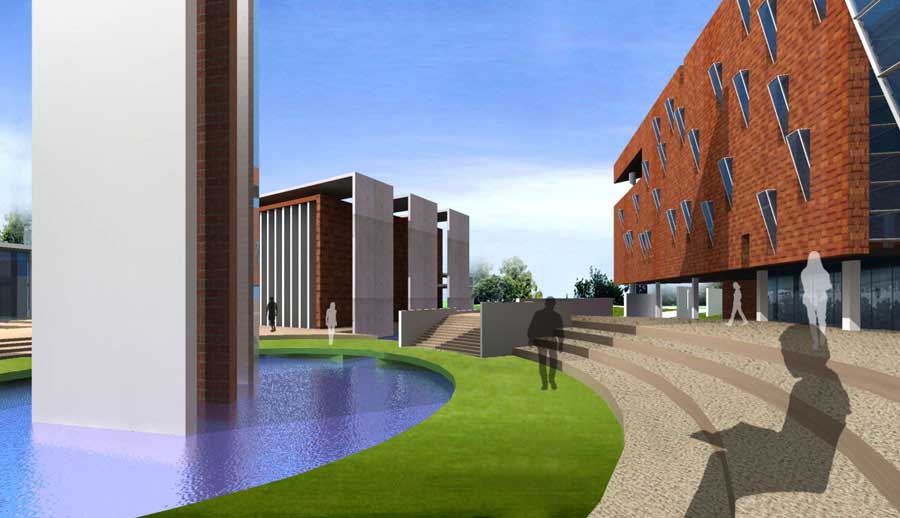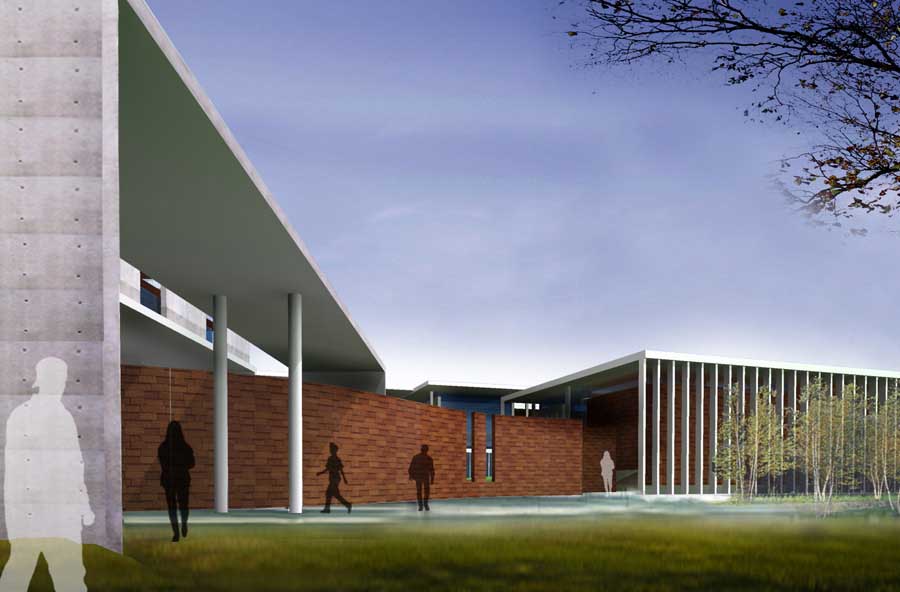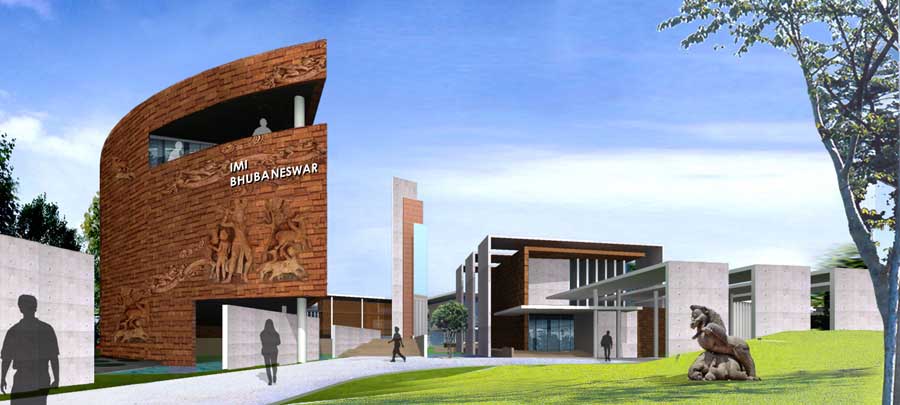Excerpts from the executive summary of the Kakodkar committee report titled “Taking IITs to Excellence and Greater Relevance”
The report is available at http://www.education.nic.in/
A committee was constituted by the Ministry of Human Resource Development (MHRD) vide its order F.NO.19-3/2009-TS 1 of 3 February 2010 to suggest a roadmap for the autonomy and future of the Indian Institutes of Technology (IITs) as world-class institutions for research and higher learning.
… We should be in the forefront to meet the growing human needs with minimum use of earth resources in a manner that keeps the environment around us protected. We need to nurture a large science and technology (S&T) based innovation ecosystem that creates solutions for India’s inclusive development and economic growth. The creation of a large pool of researchers (with PhD) commensurate with the size of our population and economy as well as our aspirations, is a key necessity for the realization of these objectives.
… In terms of research, the IITs are continuously enhancing their research activities as evidenced by the increasing number of PhDs coming out of the IIT system. In fact, most PhDs in engineering in the country are now coming from the IITs. Even so, the number of PhDs that come out annually from the IITs is very small (about 1000 per year) in comparison to the size of our country, size of our economy and number of youth in the country. Further, only about 1% of IIT B.Techs do PhD at the IITs. … The IITs, being the largest system for high-level engineering R&D and human resource development in an ambience of high-level research, have thus to take on the challenge of creating an advanced research-based innovation ecosystem that, on a national scale, is large enough to make a significant positive difference. For this purpose, while the scale of high-level research at the IITs needs to be considerably enhanced and broad based with the involvement of industry and national technology related programmes, the IITs should also contribute in a significant way to the research and development capability and culture in the country at large (by creating a large pool of PhD graduates). If one looks around the world, most of the best technology institutions in the world have 15,000+ students as opposed to 6000+ currently at each of the established IITs. USA and China produce around 8000–9000 PhDs in engineering and technology annually while in India the corresponding number presently is around 1000. With this background, and considering the large gap that we have to bridge in realizing our development aspirations, we need a large-scale increase in the number of PhDs coming out from the IITs. The Committee has therefore suggested that each IIT should progressively grow to have around 1200 faculty (from around 500 today) and closer to 12,000 students with maximum growth coming from an enhanced number of PhD students. While the established IITs could aim at reaching this scale up in about 10 years from now, the newer IITs could take longer. Further, the Committee has suggested setting up of 5 more IITs over this period of time. Thus, the Committee has recommended the number of IIT PhD graduates per year to be scaled up to 10,000, while continuously enhancing quality.
… The Committee has suggested a minimum of 0.6 PhDs per faculty annually, eventually reaching 1 PhD per faculty. On this basis, the Committee has suggested that we should aim at scaling the IIT system to 16,000 faculty and 160,000 total student strength (with 40,000 at the PhD level, 40,000 at the Masters level and 80,000 UG students) by around the year 2020. Each year, then, the IIT system will admit 10,000 PhDs.
…Finding faculty in adequate numbers to meet the needs of OSC expansion as well as new IITs has in itself been a major challenge. Coping with faculty needs for scaling up the PhD programme to the above-mentioned level would thus have to primarily depend on the PhD programme at the IITs itself.
Feeders to such a large PhD programme in the form of bright engineering graduates have to be of a size commensurate with the requirements. While students with a Masters degree and, to some extent B.Tech students, of IITs would constitute an important channel (all efforts must be made to attract them into the IIT PG stream), one would need to tap other channels to get quality students in adequate numbers. The Committee has therefore suggested engagement of IITs with other good quality engineering and science education institutions, particularly those of the Central government like NITs, IIITs and IISERs, with a view to enlarge the pool for selection of quality students and also attract their faculty into the PhD programme. The Committee has also suggested special efforts be made to identify and pick up bright 3rd year students of IITs, NITs and such other such public or private institutions and to initiate them into the PhD programme. Further, the Committee has suggested an augmented intake of PhD students from industry and the engineering education system in the country. IITs being at the top of engineering education in the country should act as an inspiration to raise the level of engineering education in other public and private institutions. This would result in enrichment of these institutions, which is long overdue. Of course, for all this to happen, the IITs would have to aggressively pursue candidates from these different streams to join their PhD programme. To support such a large number of PhD students (40,000 at a time) with challenging and meaningful research problems would require comprehensive augmentation of research facilities and infrastructure. The Committee has proposed significant augmentation/addition in the following four domains. This would be over and above the current mode of support through various research funding agencies for individual proposals submitted to them by the faculty.
1. Identify 3–4 areas of recognized strength involving a reasonable faculty strength at each IIT and support them massively to become the world’s best. Selection of such areas should be done on the basis of demonstrated high-level capability.
2. Take up large coordinated research projects involving a number of groups from different disciplines (from same or different IITs) to address important national challenges/other grand challenges with specific pre-defined deliverables.
3. Establish research parks with significant industry presence at each IIT on the lines of a research park established at IIT Madras, to enable industry–academia collaborations and build a Research and Innovation ecosystem.
4. Establish special laboratories of government ministries/their Public Sector Undertakings (PSUs) at IITs to strengthen indigenous capability in key areas of national importance. It is expected that such augmentation of research infrastructure in the IITs would create useful linkages between them and the external world, thus making research at IIT more meaningful. More importantly, this would lead to a broad-based innovation ecosystem of which IIT students and faculty will be an integral part.
World-class institutions are characterized by the existence of a large high quality talent pool (faculty, students and visiting researchers), vibrant academic and research linkages with external better quality institutions, availability of liberal resources and a flexible and conducive governance system that can recognize and selectively support credible new ideas in a hassle-free manner. Funding and autonomy of the IITs are thus key areas that need serious attention.
Towards enhancing autonomy that would provide the IITs the necessary flexibility to support and deal with a new idea or take a new initiative and lead them towards world-class excellence, it is proposed that each Institute be fully governed by its Board of Governors (BoG), including aspects like financial planning and expenditure rules, faculty remuneration, fees and number of faculty and staff, within the overall policy guidelines of the IIT Council in terms of expectations from IITs as world-class institutions, affirmative actions, technology directions and human resource development. The composition of the Board would enable representation of all stakeholders. The Committee has suggested that the Board should have one representative each from MHRD and the state governments. Other members could be selected from panels (duly approved by the IIT Council) prepared by S&T academies and Industry associations; also the alumni and faculty would also be represented. The Board will select the Chairperson following a due process and appoint him/her after approval by the Council. A search committee appointed by the Board would select the Director for approval and appointment by the Board. Selection of the next set of members to replace those retiring, would be done by a nomination committee of the Board and approved by the Board. Each institute would subject itself to a comprehensive institution review by an internationally eminent group once every 5 years. Such reviews which will be overseen by the IIT Council, will have focus on quality, programmes, their direction and size, working of the institutions and suggestions for change, including new initiatives. These review reports shall be made public. Further, there will be an annual MoU between the Government and each IIT, with the Council’s oversight and guidance. Such MoUs would include commitments, responsibilities and deliverables on both sides (Government and IIT). The Visitor would retain emergency powers as at present.
… Attracting the best faculty to the IITs is thus of crucial importance. This would require a strong academic, research and innovation culture and a conducive and transparent organization that nurtures excellence. It has to be driven by the Director and faculty and there should be additional attractions like significant start-up funds that would enable researchers get on with their research from day one. The BoG should have the flexibility to decide on faculty remuneration. It is proposed that there should be a system of faculty assessment in terms of several parameters like teaching, research, technology development and industrial consultancy, policy research and service with differentiated faculty remuneration based on performance-based assessment. At the same time, a tenure system for faculty needs to be examined. The Committee has also suggested the need to enable and encourage some mid-career faculty from the established IITs to shift to newer IITs and for overseas faculty to join IIT.
Institutions like IITs that are devoted to growth in the knowledge, technology and innovation domains and related human capital development, should be seen as asset builders for the nation in the modern knowledge-driven economy. The Committee has thus suggested that IITs be made independent of non-plan (operational) support from the Government for their operational expenditure while at the same time seeking greater plan (capital) support to enhance research in a comprehensive manner, as outlined above. The objective of realizing autonomy would be facilitated by de-linking IIT finances with non-plan support of the Government. The enhanced plan support to IITs would have three components: (i) Student support at postgraduate and research level on a per student basis through scholarships, (ii) research support aimed at pushing the frontiers of knowledge and innovation and (iii) massive augmentation of infrastructure to support larger numbers of students.
It is proposed that the fee charged by the IITs should cover the full operational cost of education, which works out to be roughly 30% of the total current cost of education. A hassle- free bank loan scheme specific to IIT students has been proposed. No collateral would be required. This would enable access to all eligible and deserving students. Further, it has been proposed that MHRD should fully provide for fees and living expenses as per currently prevalent norms at IITs for all research students (PG) as well as UG students from weaker sections. In addition, all students whose parental income is less than Rs 4.5 lakh per annum (to be revised from time to time), should be paid scholarships covering 100% fees, and a monthly stipend. Incentives in the form of deferment of loans for students entering postgraduate education and research and proportionate repayment of loan for students joining as faculty and researchers into programmes at IITs and other areas identified by the Government, have been proposed. The Committee has also recommended that all government ministries should provide a minimum of 20% overheads without ceiling on the R&D projects sanctioned to IITs. This is necessary to avoid strain on institute resources as they undertake enlarged R&D activities. Most US universities charge overheads to the tune of 50%. Industrial consultancy and royalty, alumni and industrial grants/donations and continuing education programmes, including executive M.Tech programmes, would be some other modes for enhancing IIT finances. It is expected that IIT resources through non-governmental sources would further improve in a significant way once the IITs acquire financial autonomy.
With this background, the Committee has suggested that the tuition fees should be between Rs 2–2.5 lakh per year per student. This would be reasonable considering the high demand for IIT graduates and the salary that an IIT B.Tech is expected to get. There is a legacy commitment in the form of retirement benefits under the old pension scheme (to the tune of around Rs 221 crore for all IITs in 2010). This should be continued to be paid by the Government till the end of the scheme.
To support research at IITs, MHRD should provide plan funds at Rs 1.5 lakh per student annually. The newer IITs do not have any significant endowment funds at present. Hence, Rs 50 crore as seed endowment over the next 5 years has been proposed for each new IIT.
On the capital investment front, the Government should support an Expansion Budget at Rs 20 lakh per additional student. In addition, a sum of Rs 5 lakh per student would be required in the established IITs for regeneration of ageing infrastructure. It is also assessed that for OSC- related expansion costs, Rs 15 lakh per student should be provided as Rs 10 lakh per student provided presently has been found to be inadequate. The IITs must nurture an ambience of Innovation and Entrepreneurship to make India a world leader in the present-day knowledge economy. In order to achieve this, we should have substantially enhanced Industrial collaboration with a focus on technology development in the Indian context. A strong industry–academia relationship is of key importance. Initially, there needs to be significant give and take on both sides. But this will make a significant difference to teaching and research at the IITs and will train IIT graduates to take India to a leadership position. One should also encourage industry R&D personnel to become adjunct faculty and enable large numbers of industry persons to do PhD. Research Parks create the right ecosystem to bring students, faculty and industry R&D personnel together. It is proposed that Rs 200 crore be provided for setting up a Research Park on the lines of the IIT Madras Research Park at each IIT. The IITs need to learn that success in entrepreneurship often comes only after multiple failures and substantial benefits accrue only if R&D is pursued over long periods. We need to create a value system that takes these factors into account. IITs have to make special efforts to learn to evaluate faculty focusing on product development. Outsourcing of support activities to the maximum extent possible has been strongly recommended. IITs should strive to minimize the number of regular employees for non- technical support functions. All decisions with regard to staff, including numbers and remuneration, should be decided by the BoG. Most scientific staff is proposed to be on project mode, with flexibility of salaries for temporary staff. The technical staff could be in-sourced wherever possible. Here, the use of PhD students as teaching assistants would be of help. On the administration side, maximum possible computerization of functions has been recommended to reduce the requirement of administrative staff. Hiring of some professional mid-career staff could be considered to make the administration more efficient. They should be observed for their performance for a few years before they are regularized. Scaling up engineering education with quality would ensure availability of quality human resource for meeting India’s needs. It will also be an excellent feeder pool to critical areas as well as into the PhD programmes. Seventy Centrally funded institutions (including IITs) should therefore graduate 100,000 high quality engineers every year. While the share of 20 IITs could be 20,000 B.Techs, the 50 other institutions should plan to graduate 80,000 graduates every year in about 10 years from now. Hopefully, state governments and private institutions could create additionally at least 200,000 quality seats. This will create a reasonable sized science and engineering pool for India’s future.
As a part of IITs’ engagement in this process, each of the 50 Centrally funded science and engineering institutions (like NITs, IIITs, IISER, NISER) could select 5 bright young (aged around 35 years) faculty members from the IIT system and invite them to be a member of their BoG and Senate. They could be tasked to build a relationship with the concerned IIT department and young faculty at the Institute to enable and enhance research collaboration (Rs 50 lakh to be identified for each faculty for this purpose) between the institute and the IITs. They would encourage B.Techs to join PhD programmes at the IITs and, if necessary, get faculty to do PhDs at the IITs. Similarly, they could get some IIT PhDs to join the institute as faculty. It is expected that each faculty spends at least 15 days a year at the institute. One of the consequences of this strategy would also be that young IIT faculty would be trained to be future leaders. In a similar manner, 3 young persons from industry could be identified by each NIT. They could be similarly invited to the Board and be tasked with similar goals.
Amendments to the IIT Act would be necessary to give effect to the above-mentioned recommendations.
Details are given in the report. We strongly suggest that the recommendations of the Committee should be treated as a whole to realize the intended objective. It is also recommended that an empowered Implementation committee should be tasked for implementation of these recommendations and to facilitate transition to the new framework for IITs.
May 19th, 2011
